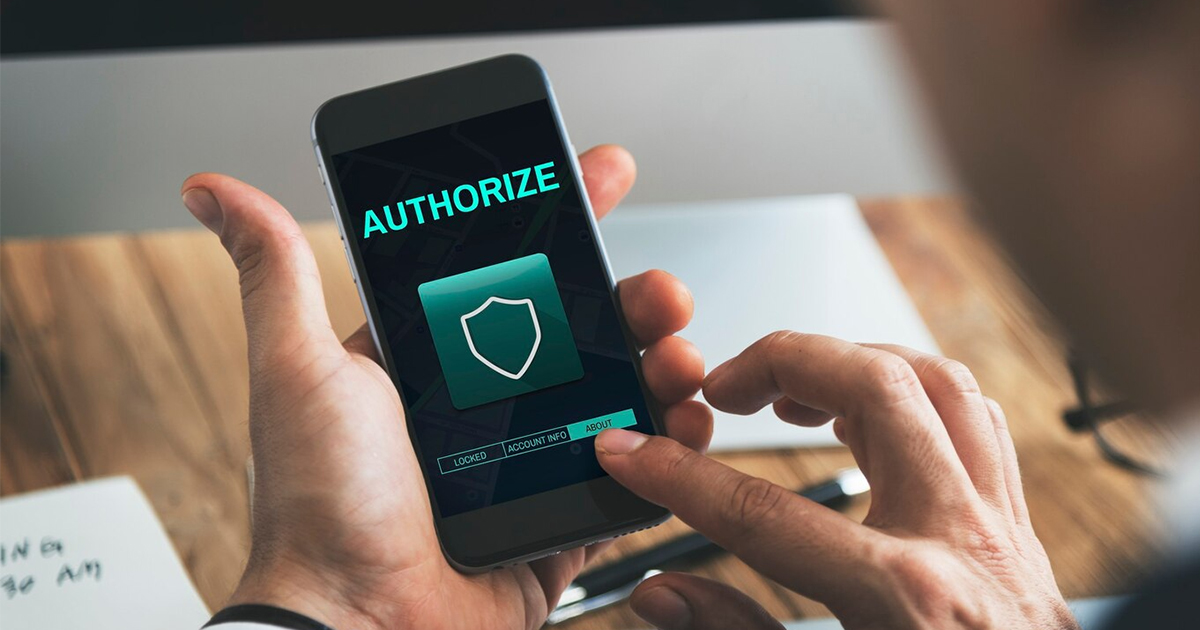Multimedia Security and Privacy
A special issue of Journal of Cybersecurity and Privacy (ISSN 2624-800X). This special issue belongs to the section "Security Engineering & Applications".
Deadline for manuscript submissions: closed (10 October 2025) | Viewed by 22773

Special Issue Editor
Interests: artificial intelligence; computer vision; parallel computing; embedded systems; secure and trustworthy systems
Special Issues, Collections and Topics in MDPI journals
Special Issue Information
Dear Colleagues,
Multimedia communications play a significant role in various areas of present-day, society including politics, economics, defense, healthcare, business, and entertainment. The five core building blocks of multimedia are text, image, audio, video, and animation. Multimedia, however, is susceptible to security and privacy attacks. The communication of multimedia over wired and/or wireless channels, including the Internet, exacerbates the security and privacy challenges of multimedia. Therefore, it is imperative to secure multimedia data by providing confidentiality, integrity, identity or ownership, and privacy.
This Special Issue targets security and privacy topics in multimedia. This Special Issue invites original research articles and reviews that relate to security and privacy attacks on multimedia, including artificial intelligence (AI)-based attacks, encryption techniques for multimedia, steganography, digital watermarking, digital rights management, multimedia authentication, and AI-based attack mitigation techniques. Topics of interest include, but are not limited to, the following:
- Multimedia encryption;
- Homomorphic encryption;
- Multimedia authentication;
- Steganography;
- Steganalysis;
- Digital watermarking;
- Digital rights management;
- Multimedia forensics;
- Biometric security;
- Quantum-based multimedia cryptosystems;
- AI-based multimedia security;
- Fake multimedia generation and detection;
- Adversarial attacks and defenses;
- AI-based deepfake videos generation and detection;
- Multimedia privacy
Dr. Arslan Munir
Guest Editor
Manuscript Submission Information
Manuscripts should be submitted online at www.mdpi.com by registering and logging in to this website. Once you are registered, click here to go to the submission form. Manuscripts can be submitted until the deadline. All submissions that pass pre-check are peer-reviewed. Accepted papers will be published continuously in the journal (as soon as accepted) and will be listed together on the special issue website. Research articles, review articles as well as short communications are invited. For planned papers, a title and short abstract (about 100 words) can be sent to the Editorial Office for announcement on this website.
Submitted manuscripts should not have been published previously, nor be under consideration for publication elsewhere (except conference proceedings papers). All manuscripts are thoroughly refereed through a single-blind peer-review process. A guide for authors and other relevant information for submission of manuscripts is available on the Instructions for Authors page. Journal of Cybersecurity and Privacy is an international peer-reviewed open access quarterly journal published by MDPI.
Please visit the Instructions for Authors page before submitting a manuscript. The Article Processing Charge (APC) for publication in this open access journal is 1200 CHF (Swiss Francs). Submitted papers should be well formatted and use good English. Authors may use MDPI's English editing service prior to publication or during author revisions.
Benefits of Publishing in a Special Issue
- Ease of navigation: Grouping papers by topic helps scholars navigate broad scope journals more efficiently.
- Greater discoverability: Special Issues support the reach and impact of scientific research. Articles in Special Issues are more discoverable and cited more frequently.
- Expansion of research network: Special Issues facilitate connections among authors, fostering scientific collaborations.
- External promotion: Articles in Special Issues are often promoted through the journal's social media, increasing their visibility.
- Reprint: MDPI Books provides the opportunity to republish successful Special Issues in book format, both online and in print.
Further information on MDPI's Special Issue policies can be found here.





